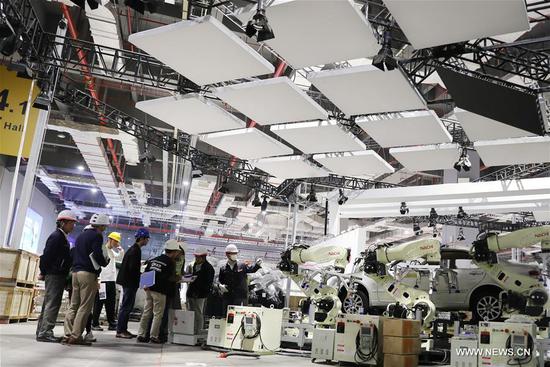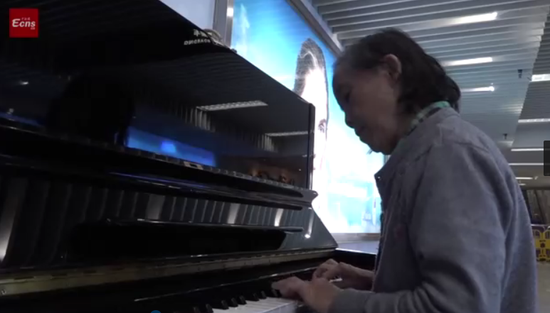The Federal Reserve voted Wednesday to cut interest rates for the third time this year but downplayed expectations for additional cuts amid a worldwide economic slowdown and fallout from the continuing U.S.-China trade dispute.
The Federal Open Market Committee (FOMC) cut interest rates a quarter-point to 1.50 to 1.75 percent after reducing rates by a quarter-point each in July and September. Eight of 10 FOMC board members voted to cut rates while two voted to hold rates steady. The action followed nine rate increases since December 2015, including four increases last year.
The Fed rate determines what banks charge each other for overnight lending, but also affects the cost of consumer debt and therefore influences spending. The rate cut will lower costs for credit card users and those seeking home or auto loans and is intended to encourage borrowing and spending, but will squeeze savers because banks will lower the rates paid for certificates of deposit and money market funds.
Following meetings in June, July and September, the FOMC said it would "act as appropriate" to sustain the economic expansion. But after Wednesday's meeting, the old language was deleted and the current statement reads: "The committee will continue to monitor the implications of incoming information for the economic outlook as it assesses the appropriate path of the target range for the federal funds rate", suggesting there may be a pause in cutting interest rates.
Speaking to reporters at a news conference after the cut was announced, Federal Reserve Chairman Jerome Powell said the "mid-cycle" adjustment he'd discussed for the last five months was probably at an end.
"We see the current stance of monetary policy as likely to remain appropriate as long as incoming information about the state of the economy remains broadly consistent with our outlook," he told reporters.
Powell said current monetary policy is "in a good place", and the "baseline outlook remains favorable" for the U.S. economy.
U.S. President Donald Trump has urged the FOMC to act more quickly and aggressively when cutting rates. He's questioned the competence of the Fed chairman, and last April said the U.S. economy would climb like "a rocket ship" if rates were cut sharply.
The Federal Reserve seeks to promote employment, stable prices and moderate long-term interest rates.
Also on Wednesday, the U.S. Commerce Department said the gross domestic product increased at an estimated annual rate of 1.9 percent in the third quarter, down from 2.0 percent in the second quarter, but above the 1.6 percent that economists polled by Dow Jones expected. The U.S. economy grew at an annualized rate of 3.1 percent in the first quarter.
The modest decline in U.S. economic growth came amid uncertainty created by the continuing U.S.-China trade dispute that has disrupted supply chains and curtailed business investment. The slowing global economy also crimped U.S. growth, the Commerce Department said.
Personal income increased $172.8 billion in the third quarter compared with an increase of $244.2 billion in the second quarter. Disposable income — money remaining after taxes — increased 4.5 percent to $181.7 billion in the third quarter compared with an increase of 4.8 percent to $192.6 billion in the second quarter.
The personal savings rate — savings as a percentage of disposable income — was 8.1 percent in the third quarter, or $1.34 trillion, compared with 8.0 percent, or $1.32 trillion in the second quarter.
The Commerce Department said manufacturing represented 11 percent of the gross domestic product, down from 11.1 percent in the previous quarter and the smallest share of the economy since 1947.
Manufacturing added about 500,000 workers since Trump took office, but trade policies have hurt workers in Pennsylvania and Wisconsin, key states in his 2020 re-election bid. The 40-day strike against General Motors will trim earnings about $3 billion in earnings and skew labor statistics.
The Fed recently injected cash into the short-term money markets through the purchase of Treasury bills after concluding too much money had drained from the sector and caused short-term rates to temporarily rise above the target range.


















































